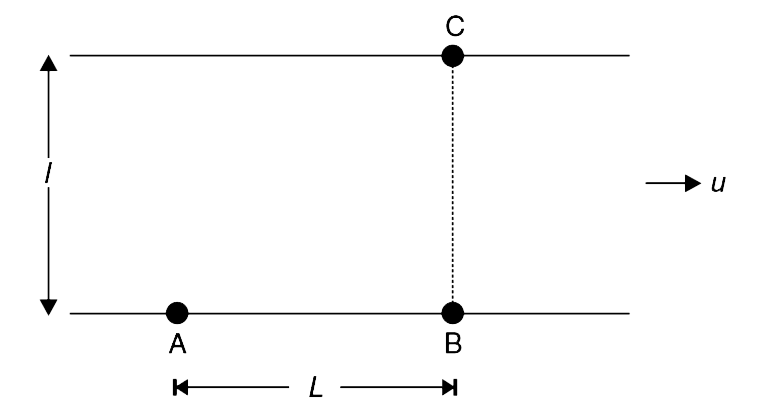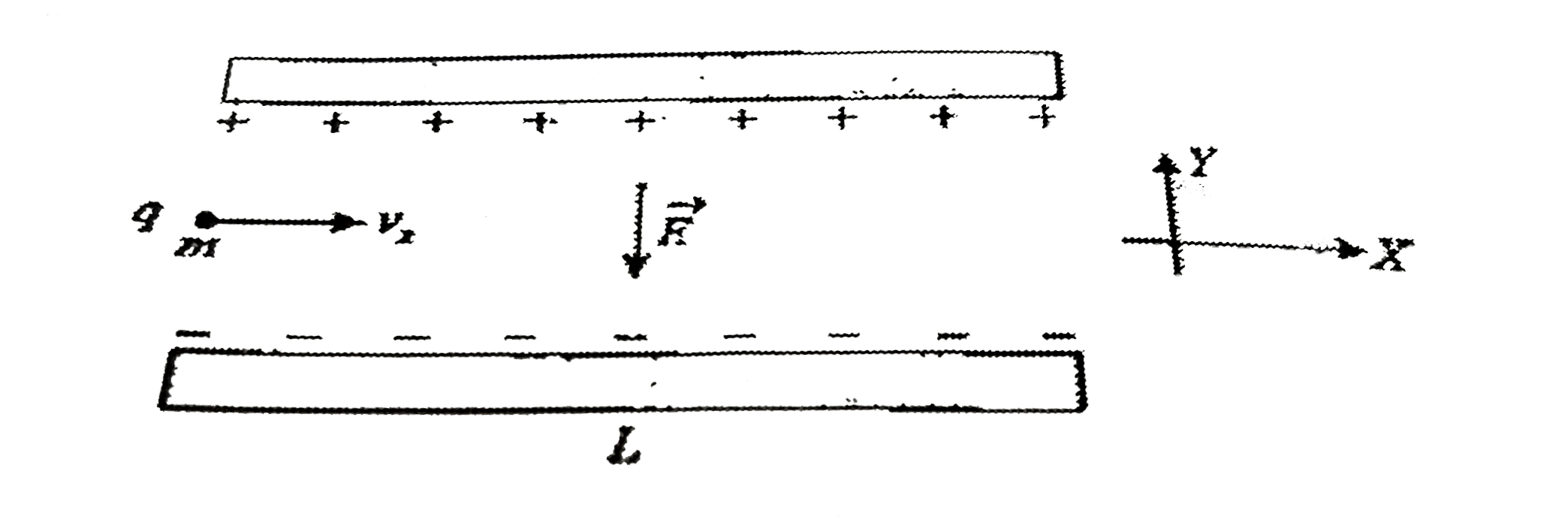The proposal to ban supersonic jet planes in Russia is because
(A) They travel with very high speed
(B) It is dangerous to travel in them
(C) Their exhaust gases react with ozone
A & B
B
C
A
The correct Answer is:C
Step by step video, text & image solution for The proposal to ban supersonic jet planes in Russia is because (A) They travel with very high speed (B) It is dangerous to travel in them (C) Their exhaust gases react with ozone by Chemistry experts to help you in doubts & scoring excellent marks in Class 11 exams.
Updated on:21/07/2023Topper's Solved these Questions
- ENVIRONMENTAL CHEMISTRYBOOK - NARAYNACHAPTER - ENVIRONMENTAL CHEMISTRYEXERCISE - EXCERCISE - II (a) (H.W) ( Environmental segments, Definitions & Terms)
3 Videos
- ENVIRONMENTAL CHEMISTRYBOOK - NARAYNACHAPTER - ENVIRONMENTAL CHEMISTRYEXERCISE - EXCERCISE - II (a) (H.W) ( Air Pollution)
15 Videos
- ENVIRONMENTAL CHEMISTRYBOOK - NARAYNACHAPTER - ENVIRONMENTAL CHEMISTRYEXERCISE - Excercise - II (a) (C.W) (Enviromental Segments, Definitions & Terms)
7 Videos
- CLASSIFICATION OF ELEMENTS AND PERIODICITY BOOK - NARAYNACHAPTER - CLASSIFICATION OF ELEMENTS AND PERIODICITY EXERCISE - EXERCISE - 4
17 Videos
- F-BLOCK ELEMENTSBOOK - NARAYNACHAPTER - F-BLOCK ELEMENTSEXERCISE - LEVEL-II (C.W)
1 Videos
Similar Questions
Explain this statement clearly :
"To call a dimensional quantity 'large' or 'small' is meaningless without specifying a standard for comparison". In view of this, reframe the following statement wherever necessary :
(a) atoms are very small objects
(b) a jet plane moves with great speed
(c) the mass of Jupiter is very large
(d) the air inside this room contains a large number of molecules
(e) a proton is much more massive than an electron
(f) the speed of sound is much smaller than the speed of light.
View SolutionThe equation of a transverse wave traveling along a very long string is y 3.0 sin (0.020πx−4.0πt), where x and y are expressed in contimeters and t is in seconds. Determine (a) the amplitude. (b) the wavelength, (c) the frequency (d) the speed, (e) the direction of propagation of the wave, and (f) the maximum transverse speed of a particle in the string (g) What is the transverse displacement at x=3.5 cm when 0.26s ?
View SolutionExplain this statement clearly :
"To call a dimensional quantity 'large' or 'small' is meaningless without specifying a standard for comparison". In view of this, reframe the following statement wherever necessary :
(a) atoms are very small objects
(b) a jet plane moves with great speed
(c) the mass of Jupiter is very large
(d) the air inside this room contains a large number of molecules
(e) a proton is much more massive than an electron
(f) the speed of sound is much smaller than the speed of light.
View SolutionA batsman hits a ball at an angle of 30∘ with an initial speed of 30ms−1. Assuming that the ball travels in a vertical plane, calculate.
(a) The time at which the ball reaches the highest point.
(b) The maximum height reached.
( c) The horizontal range of the ball.
(d) The time for which the ball is in the air.
View SolutionA defense air force plane, diving with constant speed at an angle of 52.0∘ with the vertical, drops a shell at an altitude of 720 m. The shell reaches the ground 6.00 s after its release. (a) What is the speed of the plane? (b) How far does the shell travel horizontally during its flight? What are the ( c) horizontal and (d) vertical components of its velocity just before reaching the ground? Assume an x axis in the direction of the horizontal motion and an upward y axis.
View Solution
Two friends A and B are standing on a river bank L distance apart. They have decided to meet at a point C on the other bank exactly opposite to B. Both of them start rowing simultaneously on boats which can travel with velocity V=5km/hr in still water. It was found that both reached at C at the same time. Assume that path of both the boats are straight lines. Width of the river is l=3.0km and water is flowing at a uniform speed of u=3.0km/hr.
(a) In how much time the two friends crossed the river.
(b) Find L.
View SolutionThere are two towns Ramgarh and Arjangarh which are separated by a hill. The people of one town have to travel on a zig-zag road which goes over the hill so as to reach the other town. Gaurav is a student of class IX in Ramgarh. Onnce Gaurav went from Ramgrah to Arjangarh on a scooter with his father. Driving at a constant speed of 50km/h on the hilly road, it took exactly 30 minute to reach Arjangarh. One day Gaura told his father that if a straight tunnel could be dug through the hill, then it would become very easy for the people of two towns to visit each other. keeping this is mind, Gaurav invited the people of both the towns and took a delegation to the Collector's office. This delegation demanded the construction of a straight tunnel road through the hill. Gaurav explained the various advantages of connecting Ramgarh and Arjangarh through a tunnel road in the hill. The collector liked the idea and a straight tunnel road was constructed after some time. One day Gaurav went from Ramgarh to Arjangarh through the straight tunnel road on the scooter with his father. Driving at a constant speed of 50 km/h, it took them just 12 minutes to reach Arjangarh. Both, Gaurav and his father were very happy.
(a) What was the distance covered by Gaurav on going from Ramgarh to Arjangarh by travelling on road over the hill?
(b) What is the distance covered by Gaurav on going from Ramgarh to Arjangarh by travelling on straight tunnel road/
(c) How much less distance is to be covered now in going through the tunnel than on going over the hill?
(d) What is the displacement of Gaurav from Ramgarh on reaching Arjangarh?
(e) State two advantages of construction of the tunnel road for the people of two towns.
(f) What values are displayed by Gaurav in this episode?
View SolutionFigure shows an assembly of deflecting plates A and B ofan ink-jet printer which causes moving ink droplets to deflect at desired displacements by continuously varying electric field between the plates. An ink drop with a mass m=1.3×10−10kg and a negative charge of magnitude q=1.5xx10−13C enters the region between the plates, initially moving along the x-axis with speed vx,=18m/s. The length of plates is L=1.6cm. The plates are connected with a varying voltage and thus produce an electric field at all points between them. Assume that field →E for some duration is constant and it is acting in downward direction as shown and has a magnitude of E=I.4×106N/C, find the vertical deflection of the drop at the far edge ofthe plate? As the gravitational force on the drop is very small relative to the electrostatic force acting on the drop, it can be neglected for this analysis. [6.4×10−4m]

View SolutionA particle moves in the x-y plane according to the law x=t2, y = 2t. Find:
(a) velocity and acceleration of the particle as a function of time,
(b) the speed and rate of change of speed of the particle as a function of time,
(c) the distance travelled by the particle as a function of time.
(d) the radius of curvature of the particle as a function of time.
View SolutionConsider a plane wavefront of electromagnetic fields travelling with a speed c in the right (say+Z) direction, it is given that →Eand→B are transverse to each other and uniform throughout the left of the wavefront and zero on the right of the wavefront. [This is contrived, but not incorrect, configuration chosen for simplicity. In the usual monochromatic plane wave, →Eand→B very sinusoidally in space and time]. (a) Use Faraday's law to show that E=cB.
(b) Use Ampere's law (with displacement current included) to show that c=1/√μ0∈0
View Solution
